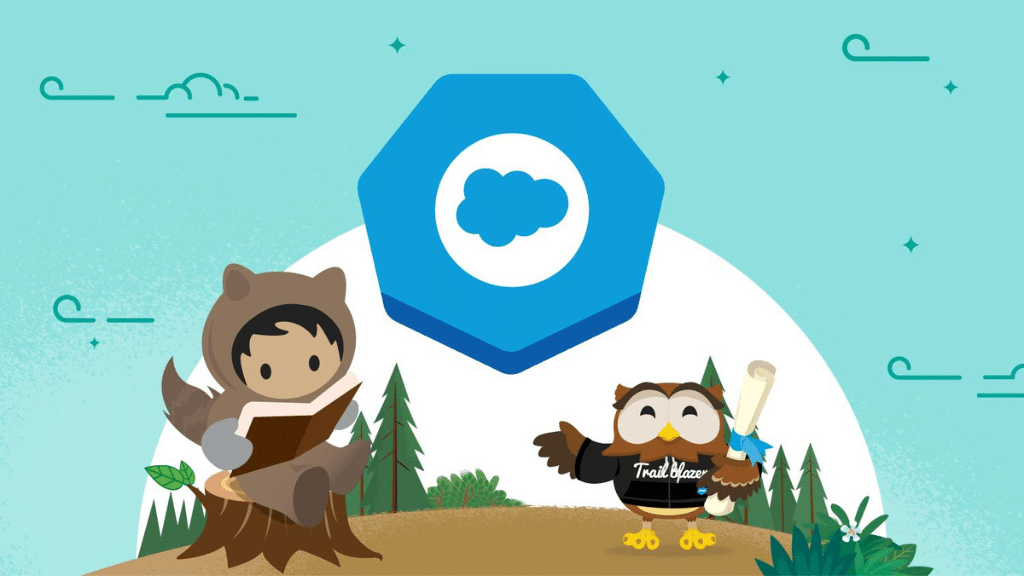In true Salesforce tradition, the Lightning Platform has gone by several names over the past 11 years.
Introduced in 2007 as “Force.com” it was Salesforce’s platform-as-a-service (PaaS) offering. It was capable of supporting all kinds of business applications, not just those for the sales, marketing and support departments. The PaaS makes use of the core technologies behind Salesforce CRM available for developing applications that serve all of your company’s management, departments, employees, and customers.
In Spring 2015 the platform was given a new vibrant framework for building user interfaces; Lightning! Lightning components are built using the open-source Aura Framework with added support for Apex code instead of the traditional JavaScript dependency.
The Lightning Platform is a rich development environment with its full stack of database, integration, logic, and user interface capabilities, Lightning can be used in application scenarios that were, until recently, the exclusive domain of traditional client/server and app server database tools, such as Visual Basic, .NET, and Java.
So why use Lightning?
Simply, Lightning includes the Lightning Component Framework and some exciting tools for developers. Lightning makes it easier to build responsive applications for any device because it includes out-of-the-box components, event-driven architecture and a framework optimized for performance. Lightning components are self-contained and represent reusable sections of the UI, which can range in granularity from a single line of text to an entire app or even a Lightning Bolt!
Licensing for Lightning Platform is very competitive, but please remember if your employees, customers or end users need access to ANY Salesforce CRM they would require a license for that too. Whilst you don’t get access to Accounts, Contacts, Leads, Opportunities, etc with Lightning alone, what you do get access to is Chatter, Email, Files, Activity History, Field History Tracking, Dashboards, Reports, Custom Objects and Apex coding. Wow, that’s massive and the list keeps growing along with additional Lightning Components with every release 3 times a year.
At Time Technology we are developing new solutions on the Lightning Platform as a matter of course.
Want to learn more? Great, I’m more than happy to chat Lightning Platform, in then mean time head over to Trailhead and take a look through the dedicated Trailmix and Blaze your trail to Lightning.
Greg Smith



